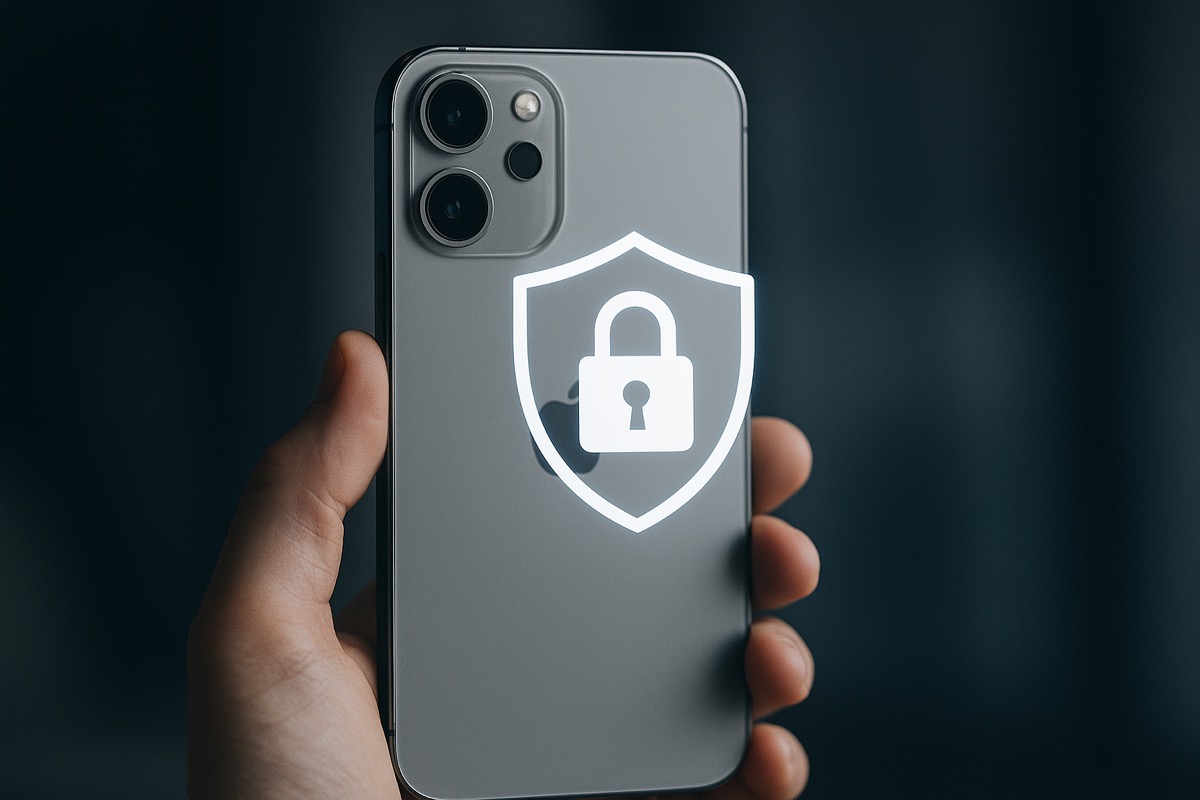iPhones have always been said to be more secure than other mobile phones. Perhaps that’s why 23% of all new smartphones in Q4 of 2024 were iPhones. But this doesn’t mean you don’t need to protect yourself further. Even iPhones in 2025 are facing increasingly sophisticated digital threats. Phishing attacks, data breaches… iPhone users aren’t immune. And as we rely more and more on our phones, securing them is more critical than it ever has been.
Apple’s built-in security is great. But iOS users should still take additional steps. In this guide, we’ll give you practical strategies for keeping your iPhone safe and secure this year.
Growing Digital Threats
Cyberattacks often occur through apps, websites, and network connections. They exploit vulnerabilities in unsuspecting users. Including iOS users.
Threats include:
- Phishing scams. Users are tricked into revealing sensitive information. Passwords, log-in credentials, or personal details. This could be through an app notification, fake email, or text. Phishing techniques are sophisticated. Social engineering is used to fool even the most tech-savvy people.
- Malware. Though iPhones are more immune, malware (bad software) can still infiltrate. This steals data or compromises system functions, causing a data breach. Cybercriminals want data and personal information because it’s valuable (financially). This can lead to identity theft and/or financial losses.
The consequences of these threats are serious. They include long-term financial damage, reputation harm, and privacy violations.
Essential iPhone Security Practices for 2025
If you have an iPhone, you should:
- Use Strong Passwords and Biometric Authentication
Set strong passwords for your apps and Apple ID. These should be unique and complex. Use a password manager to help you remember them. iPhones have one built-in. Enable Face ID or Touch ID for additional security.
- Update iOS regularly
Keep your iOS updated to patch security flaws. Set it to happen automatically.
- Use Two-Factor Authentication (2FA)
Set up 2FA, especially on things like banking apps. You’ll need to use an extra way of identifying yourself to access what you need. Although it’s slightly more time-consuming and hassle-intensive, it’s worth it.
- Use a VPN
An iOS VPN routes internet traffic through an encrypted tunnel. This means all of your online activities stay private, your data is protected—especially when you use public Wi-Fi networks, and your IP address is masked. Browsing is much safer.
Considerations When Using a VPN on an iPhone
Be sure to:
- Choose a reliable service.
Select a trustworthy provider. A reliable service will have strong encryption and a no-logs policy.
2. Always connect to the VPN for public Wi-Fi.
Public Wi-Fi networks are more vulnerable. Always use a VPN. This protects your data from potential threats.
3. Activate VPN on all apps with sensitive information.
For top security, use a VPN when accessing banking apps or other apps with sensitive data.
Additional iPhone Security Tips
To protect yourself further, manage your app permissions carefully. Don’t just grant access because it makes life easier. Limit which apps can access your location, contacts, and even your camera. Install reputable anti-malware apps. These detect and block potential threats. Also, be aware of phishing techniques to protect yourself as best you can from the social engineering they use. Always check the authenticity of any email or text message claiming to be from your bank or anything asking you to hand over some information.
Looking After Your iPhone
In 2025, securing your iPhone goes beyond relying on its built-in features. You also need:
- Strong passwords
- Two-factor authentication
- To keep your software up to date
- To use a reliable VPN
- To allow app permissions with care
- To be vigilant against phishing attacks


